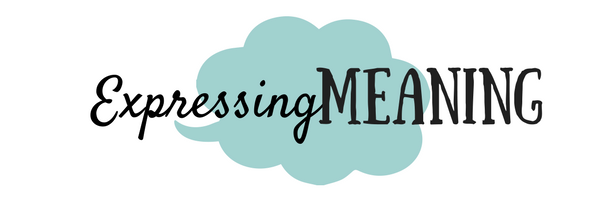
[Icons: Made by Freepik from Flaticon]
IPA: [pʀoɡʀaˈmiːɐ̯ˌʃpʀaːχə]
die Programmiersprache (pl. -n) – the programming language
Code can be written in a variety of programming languages. The image above shows the icons representing 4 programming languages: C++, Java, Python, and PHP.
Programming languages are much easier to learn than natural languages, because programming languages are specified, formal languages. (Though, by my last count, there are more natural languages than I can understand than in programming languages I can write in comfortably – but picking up a programming language’s syntax doesn’t take much time if I had to.)
In German, like English, there is one word for both kinds of language. But in French, the languages that we speak are called langues, but the programming languages are langages de programmation. I always found that interesting.
I was reading an article (published at the start of 2017) about how Java is the programming language of the year. One index that was discussed, the PYPL PopularitY of Programming Language Index, uses the number of Google searches for a tutorial of a specific language to determine its popularity. On that site, you can filter by some countries, and Germany was on the list. Apparently, in Germany, Java is also in the lead (19.7%), but that is lower than the worldwide percentage of 22.7%.
Oh, and I remembered something else. Just the other day, I was reading the book The Clean Coder. There was this section where it talked about devoting time to improving your programming skills:
“If you use your lunch hour to read, listen to podcasts on your commute, and spend 90 minutes a day learning a new language, you’ll have it all covered.”
Being the (natural) language learner that I am, it was only after 5 minutes when I took a water break that I realised he meant 90 minutes a day on programming languages.
I’m willing to spend 90 minutes on learning German – and I do. But for a new programming language that I don’t really need to know right now? Not so much.

Leave a Reply